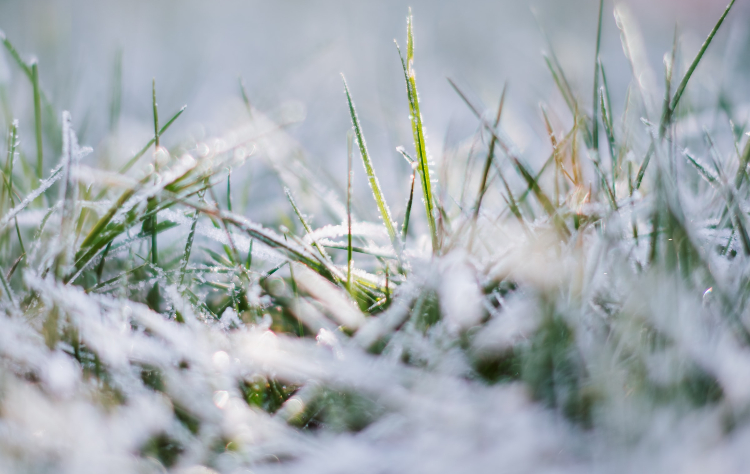
Fusarium patch disease is a fungal disease caused by the fungus Microdochium nivale. Fusarium can occur at any time of year, but it is more common during the autumn period, and if left untreated, throughout the winter months as well.
Fusarium disease is usually a result of damp and unfavourable conditions in your lawn which can be caused by all manner of issues, including excess shade caused by bracken or thatch build up, poor drainage caused by lawn compaction, or heavy rainfall.
When you have a fusarium infection following periods of heavy snow fall, it can also be referred to as ‘snow mould’.
Fusarium patch disease can be difficult to control. The team here at Lawn & Weed Expert has put together a handy guide on fusarium patch disease to help answer some of the commonly asked questions surrounding it.
How to identify a fusarium patch in lawn
Fusarium patch disease is most easily identified by brown or yellowing patches in the lawn. In certain conditions, you can even see a white weblike mould can develop on top of the grass of the affected areas.
Microdochium nivale is actually present all year round, and in small amounts it can be pretty helpful – the spores feed on dead plant material which can aid in natural decomposition. However, when lawn conditions are suited for excess growth and it gets out of control, you end up with symptoms like those described above.
How to treat fusarium
When it comes to treating fusarium there are various approaches you can take with treatment depending on the location and severity of the disease. Treating fusarium is largely centred around treating the conditions that caused the infection in the first place.
For most fusarium patch disease cases, taking the following actions will greatly help:
1) Scarification
Build up of thatch is a common contributor to fusarium patch disease. A thick layer of thatch can make if difficult for sunlight, moisture, and essential nutrients to reach the soil and grass roots, weakening them and leaving them vulnerable to lawn diseases like fusarium.
Although the scarification process can leave your lawn looking a little haggard, in the long run it does wonders for the health of your lawn, and helps prevent fusarium patch and other lawn diseases.
Professional Scarification Service
2) Fertiliser
Keeping your lawn healthy and strong is the best way to prevent your lawn from being susceptible to fusarium patch disease. As mentioned earlier, fusarium patch can occur at any time of year, but it is most common during the autumn months.
Be sure to give your lawn a good quality autumn fertiliser treatment to ensure that your lawn is strong (note that not all lawn fertilisers can be used year-round. Nitrogen-rich lawn fertilisers aren’t suitable for use in the autumn months as they promote lush top growth, which is easily damaged in the winter. To ensure the best possible outcome, use specialised autumn lawn care services).
3) Professional Lawn Fungicide Treatment
Home-treatment chemical solutions aren’t readily available for amateur use since the mis-handling of such chemicals can be potentially dangerous. For obvious reasons, we’d strongly recommend using professional lawn fungicide treatment services as opposed to trying to treat the infestation chemically yourself.
Lawn & Weed Expert offer a variety of specialised lawn care services, including the treatment of lawn fungus infections like fusarium patch. If you’re currently struggling with fusarium in your lawn, we can help. Visit our website to learn more about our lawn fungus treatment services.
Lawn Fungus Treatments
If you’d like to talk with a member of our team or would like to arrange your FREE lawn survey, reach out and contact us today. One of our professional team members will be more than happy to answer any questions you may have.
Contact Us
Read More: Autumn Lawn Diseases